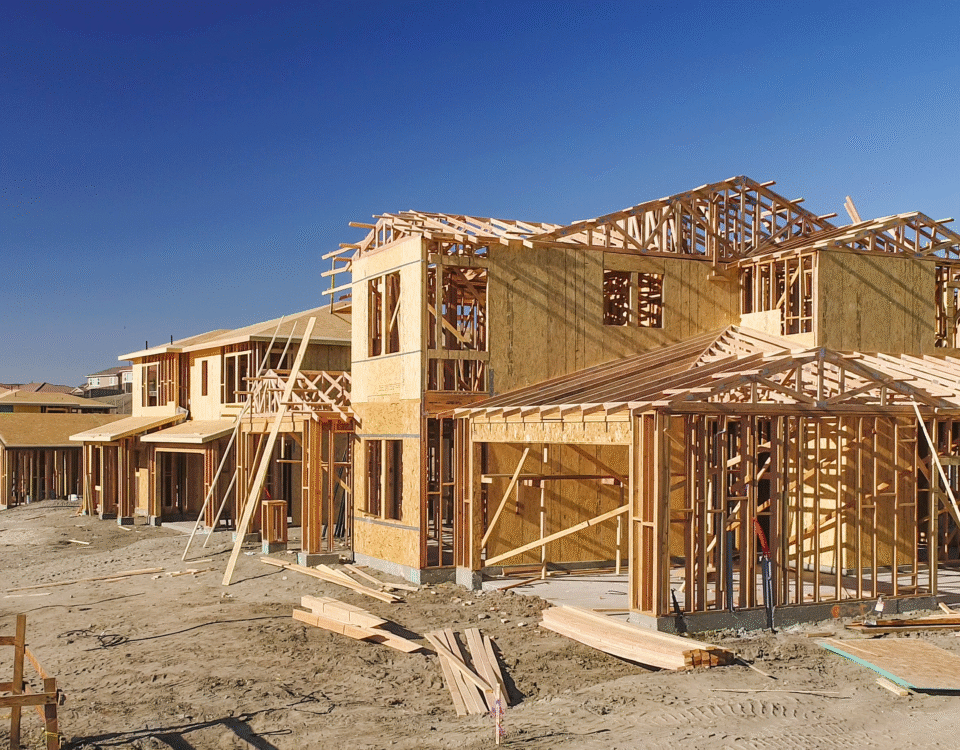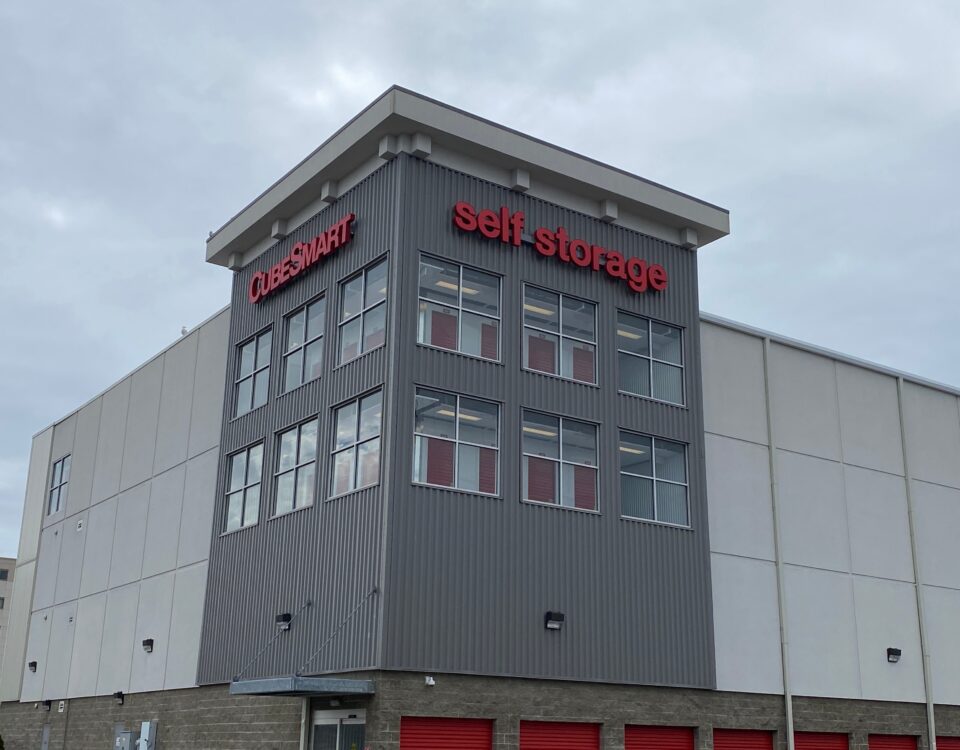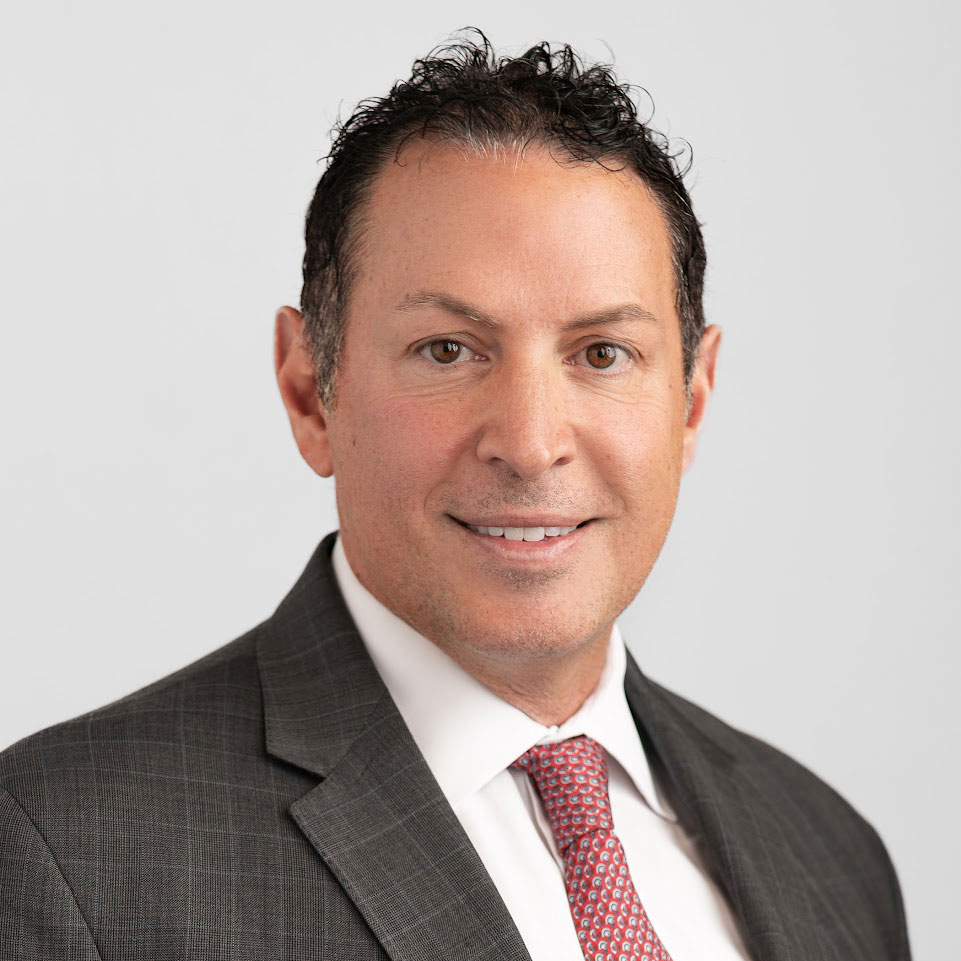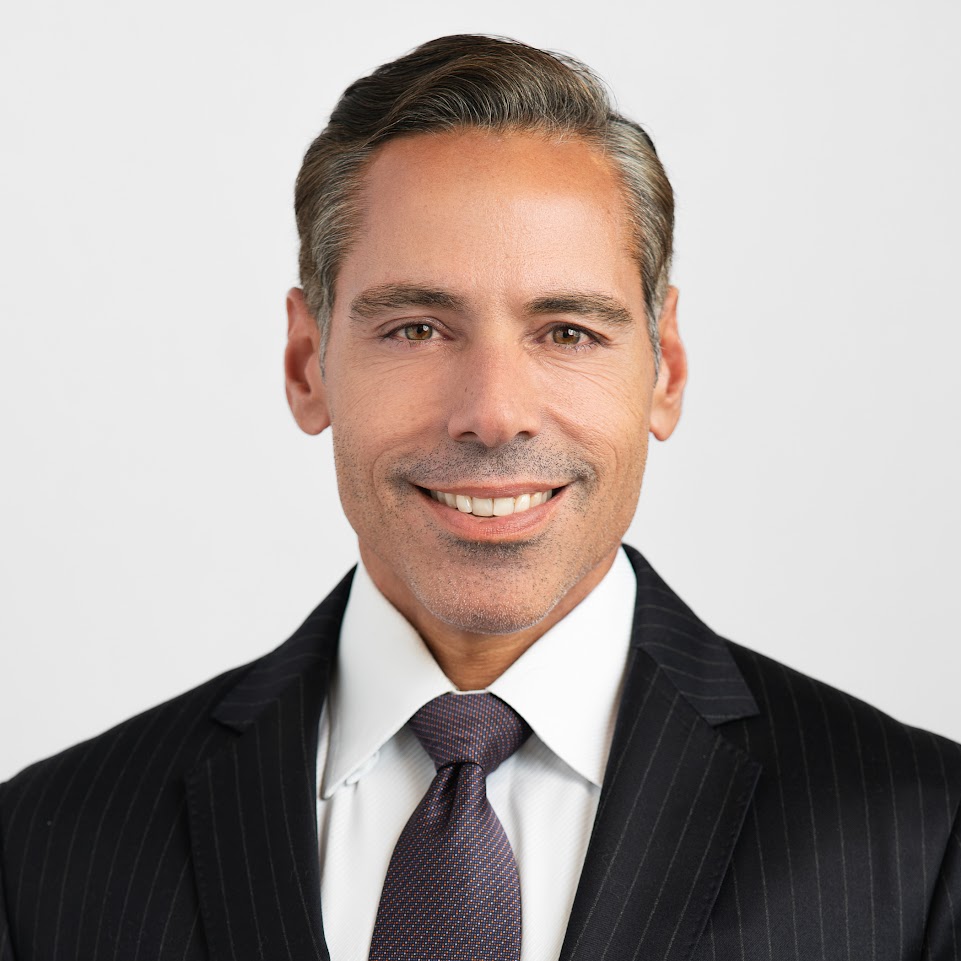
3 Important Things to Know about Returns When Investing with a Bridge Lender
July 26, 2023
How Capital Market Characteristics Can Favor Private Markets
September 27, 2023While interest rates hovered from 1-2% over the last decade, commercial real estate developers thrived. With money cheap, CAP rates low, and institutional and high net worth investors looking for opportunities to get much higher returns, cash from banks and other lenders flowed fairly easily into development. So much so, developers became accustomed to a cycle of using the increase in property values post-development to refinance and apply for larger loans to fund their next projects. It was rinse and repeat for years.
That all came to halt in 2022 as the Fed raised interest rates — and raised and raised them again to cool down inflation. What was a 2-3% interest rate on a loan is more like 7-8% today.
For commercial real estate developers, this means a dramatic change to their financing model. For investors, it means being more selective in choosing opportunities, but when ones do stand out, the potential for returns is highly attractive.
Let’s unpack the current dynamics and how they affect bridge lending.
Regional banks are paused on lending. Regional banks make up over 50% of real estate lending. As we’ve seen with large regional players like Silicon Valley Bank and First Republic Bank, by getting themselves into a maturity mismatch and other missteps, these regional banks are now squeezed on liquidity. With little money on hand, they’ve paused their lending.
Lenders are more conservative. Financial institutions that have cash are still not letting it totally flow. Lenders who rely on third-party financing are finding it difficult to access this market. Given market uncertainty and the uptick in interest rates, they’ve become much more conservative with their loans – limiting both the amount they lend and who they lend to.
A lot of debt coming due won’t qualify for refinancing. Typically, developers would refinance a recently completed project and put the proceeds into another project. But with lenders much more selective now, developers with commercial real estate projects that would have gotten the financing green light just a couple of years back are being turned down. In addition, with higher rates, new equity may be needed in order to pay off expensive construction debt with cheaper agency style debt as advance rates are limited by debt service coverage ratios.
Cap rates are higher. Similarly, cap rates have risen as the investors’ cost of capital has increased, forcing developers to be more selective about which projects they will pursue – and seek financing for.
Loan to Value (LTV) ratios are lower. When lenders do find investable projects, the uncertainty regarding valuations has made them more cautious about how much they will lend. Lenders that previously underwrote loans at 75-80% LTV ratios have significantly reduced their LTV ratios to limit their downside risk. Today, with LTV ratios hovering around 60-65%, developers need to find creative, and alternative, ways to make up this funding shortfall.
Borrowers are facing a double bind in being strapped for cash. Developers are getting less from banks, and they have less equity to put in to make up the lending gap. The result is that developers need to pass on some projects, find ways to cut costs on projects, or find other sources for loans, such as mezzanine and preferred tier financing.
Net-net: everyone in the traditional commercial real estate lending ecosystem is strapped for cash. Which means…
Developers are relying on private real estate credit. With a shrinking lending pool, there’s no shortage of good commercial real estate development projects. Especially in an area like multi family workforce housing, where there is a systemic and vast shortage of homes, there are strong opportunities all across the U.S. To fund their projects – building or rehabbing housing stock – developers are partnering with bridge lenders to get their projects off the ground, move them quickly through development to income generation, and generate equity to keep their project pipeline full.
Private bridge lenders are finding opportunity. With the current dynamics, it’s more work for those with dedicated capital to lend, but private lenders can be timely and have the infrastructure to look through all the deals. The CRE diamonds in the rough are there; it takes private lenders with experience, networks, and an institutional process to identify and fund them.
Want to stay current on dynamics in real estate bridge lending?
With a team that has decades in commercial real estate financing, and experience through all kinds of economic and interest rate cycles, Fairbridge takes an institutional approach to bridge lending. We sort through the media hype and get down to the essence of what matters most in the private investment market.
Website – https://fairbridgellc.com/
Email – info@fairbridgellc.com


































